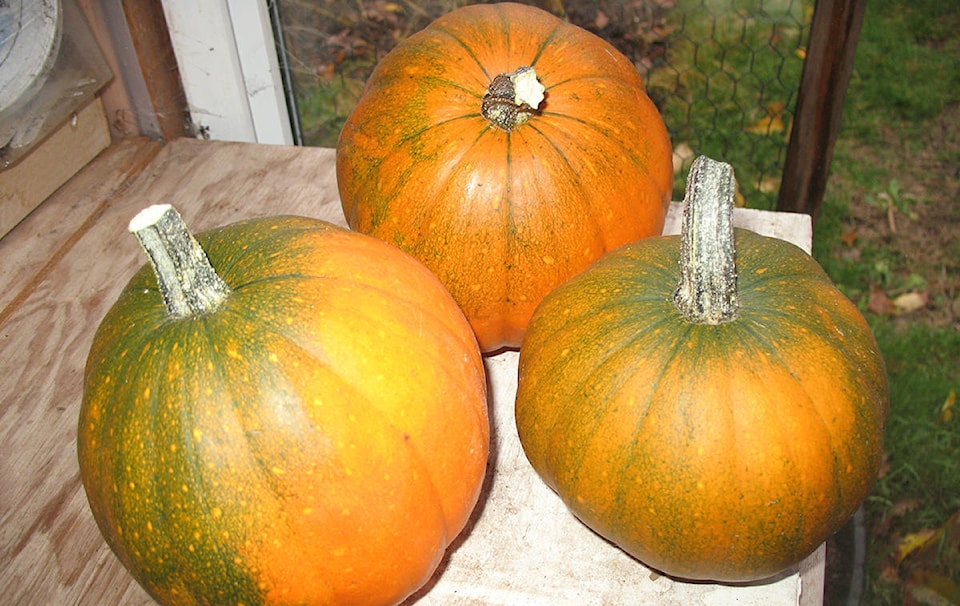By Mary Lowther
Gardeners shine during winter, producing food from seemingly nowhere.
The growing season disappeared with the geese so what we eat until spring depends on how much effort we have put into preparing for winter. We can harvest turnips, Brussels sprouts, Daikon radishes, leeks and kale all winter if we sowed them last spring and fall, as long as the slugs hibernate.
In warmer Victoria I had a lovely stand of kale that looked like it would sustain us through the winter until January arrived and the slugs took over. In about a week all that was left was a bed of stems and they ate all my overwintering onions too. David would say that if they were so desperate to eat the kale, then onions would certainly be on the menu. We are lucky here where winters are usually too cold for even the staunchest slug to venture forth and multiply. So far.
Steller’s jays, I read recently, have fled their normal mountain habitat this winter for lack of food and have been slumming around Victoria and other settlements. And here I thought we had more jays because I was feeding them. Maybe next spring will see a decrease in slug populations since Steller’s jays eat their eggs.
If we plan our menus around our supply, we can impress our families right up until fresh crops appear next spring. I have three small pumpkins harvested late September awaiting my favourite recipes and a few new ones I’d like to try. I learned the hard way that winter squash, like pumpkins, keep better around 60 F than in a cold pantry. I wipe off the squash after picking it, dry it off and allow it to stand in the sun for a week to 10 days for it to develop a hard rind. I smear vegetable oil on the outside, re-coating with oil as needed when in storage, as I’ve learned that oil helps to preserve the squash. My pumpkins were green when I picked them and now they are gradually turning orange. I’ll be making pumpkin scones, muffins and soup, but my best recipe is for Pumpkin Chiffon Pie which I intend to take to a family dinner two weeks hence. Here’s the recipe:
Prepare the pumpkin (or any other squash): Cut the pumpkin in half, scoop out the seeds, brush the cut surfaces with vegetable oil and bake at 350 F for about 40 minutes or until it is easily pierced with a fork. Cool the pumpkin and scoop out the flesh. Blend in a blender or mash with a potato masher until pureed. Drain in a sieve, saving the liquid for soup, and measure out 1 ¼ cups of the drained puree for the recipe.
The Pie:
9 inch baked pastry shell
½ tsp cinnamon
1 Tbsp gelatin
½ tsp nutmeg
½ cup cold water
1 ¼ cup mashed pumpkin
½ cup brown sugar
3 egg yolks, beaten
½ cup milk
½ tsp salt
3 egg whites
½ tsp ginger
¼ cup sugar
whipped cream for garnish
Soften gelatin in water and let it stand. Combine brown sugar, salt, ginger, cinnamon, nutmeg, pumpkin, egg yolks and milk in top of double boiler. Cook slowly over medium heat until mixture thickens. Remove from heat and beat in gelatin mixture until thoroughly dissolved. Place saucepan in pan of cold water until mixture mounds slightly. Beat egg whites and sugar until stiff. Carefully fold into pumpkin mixture. Pour into cooked piecrust. Chill. Garnish with whipped cream, if desired.
Please contact mary_lowther@yahoo.ca with questions and suggestions since I need all the help I can get.
